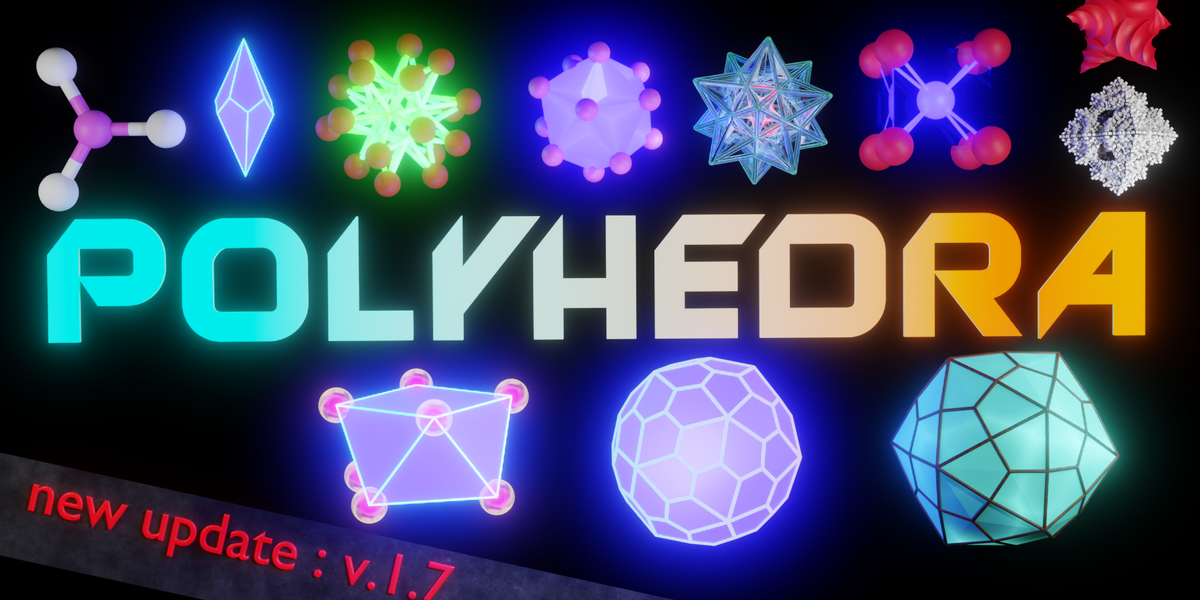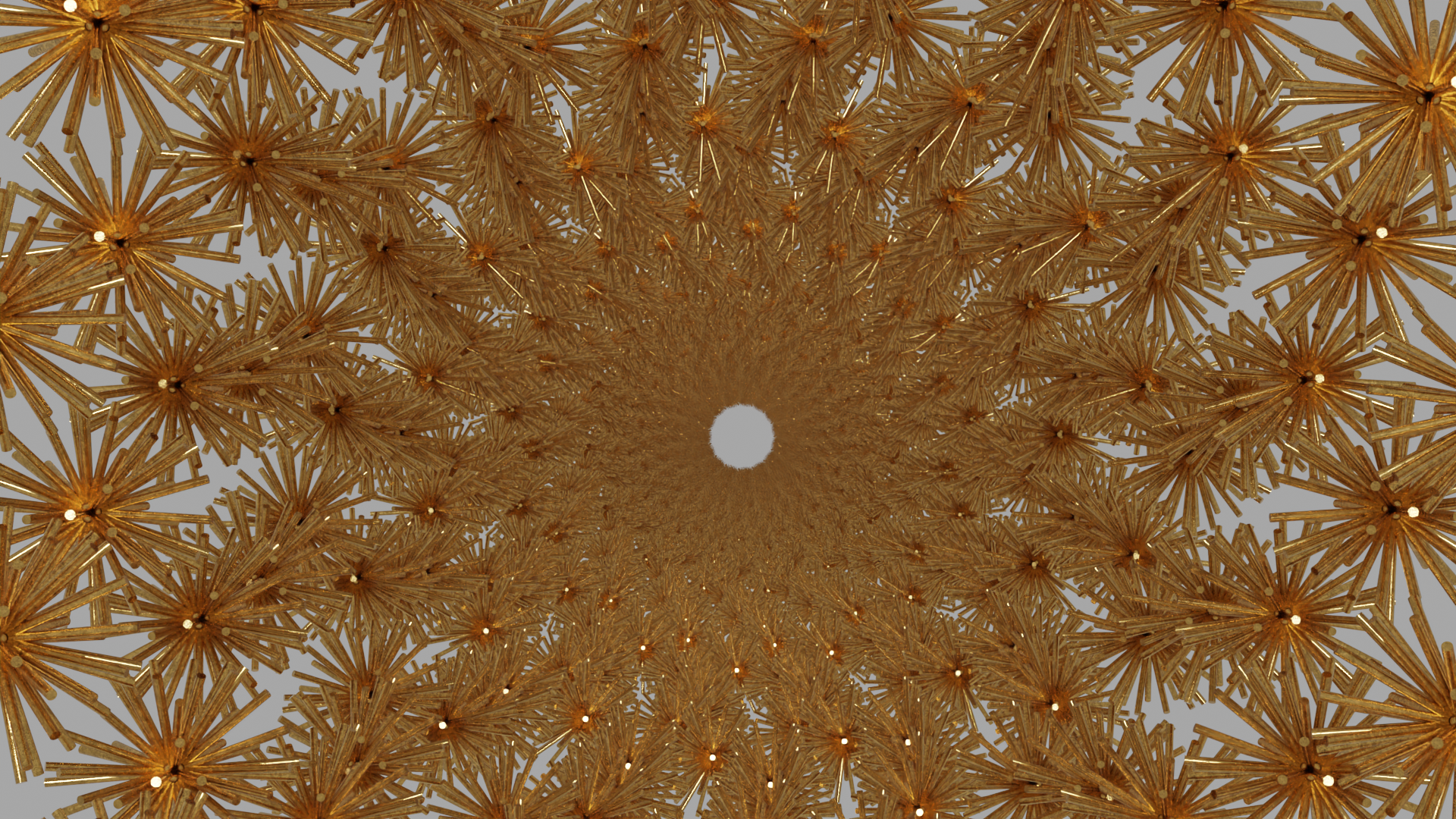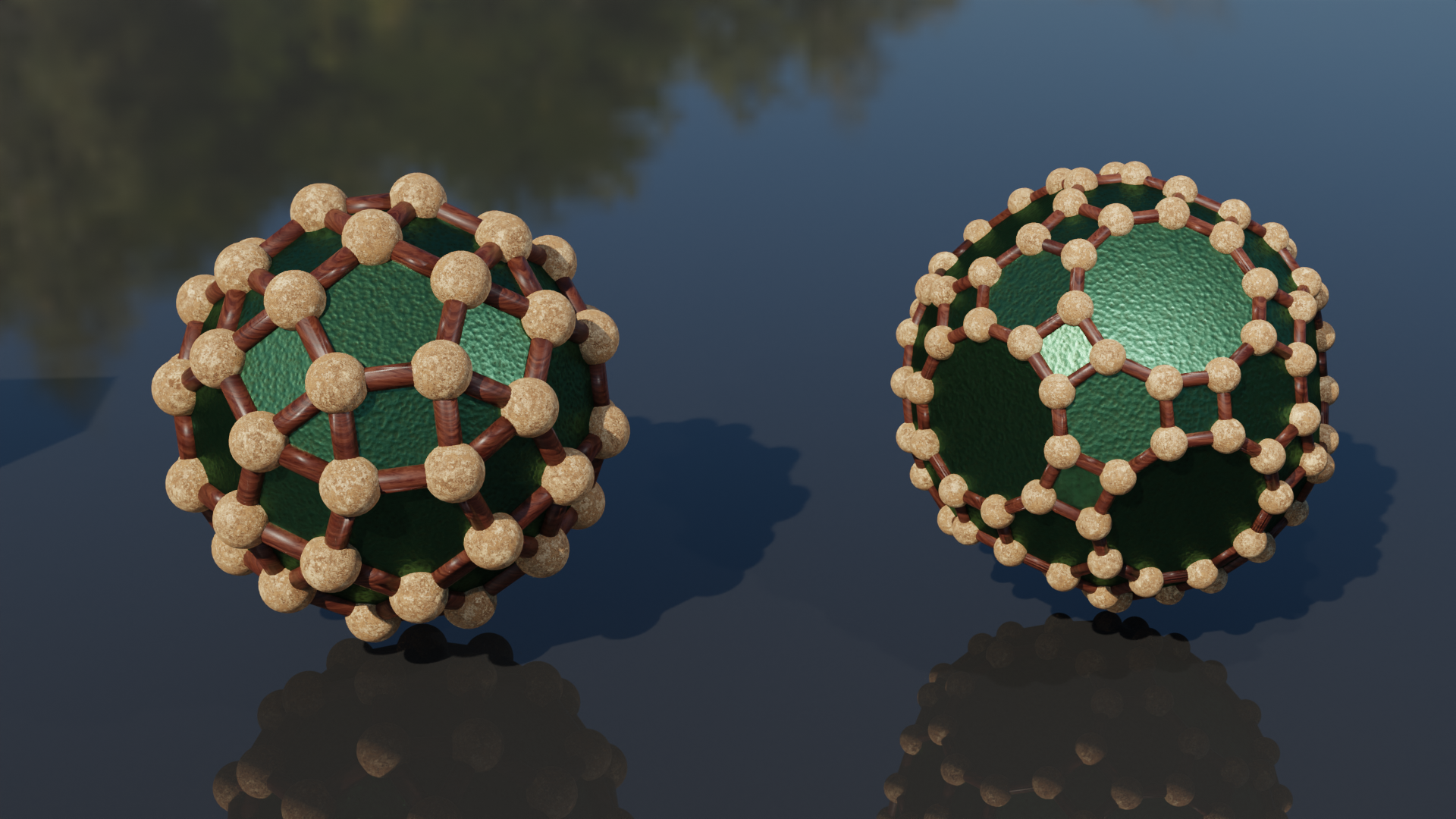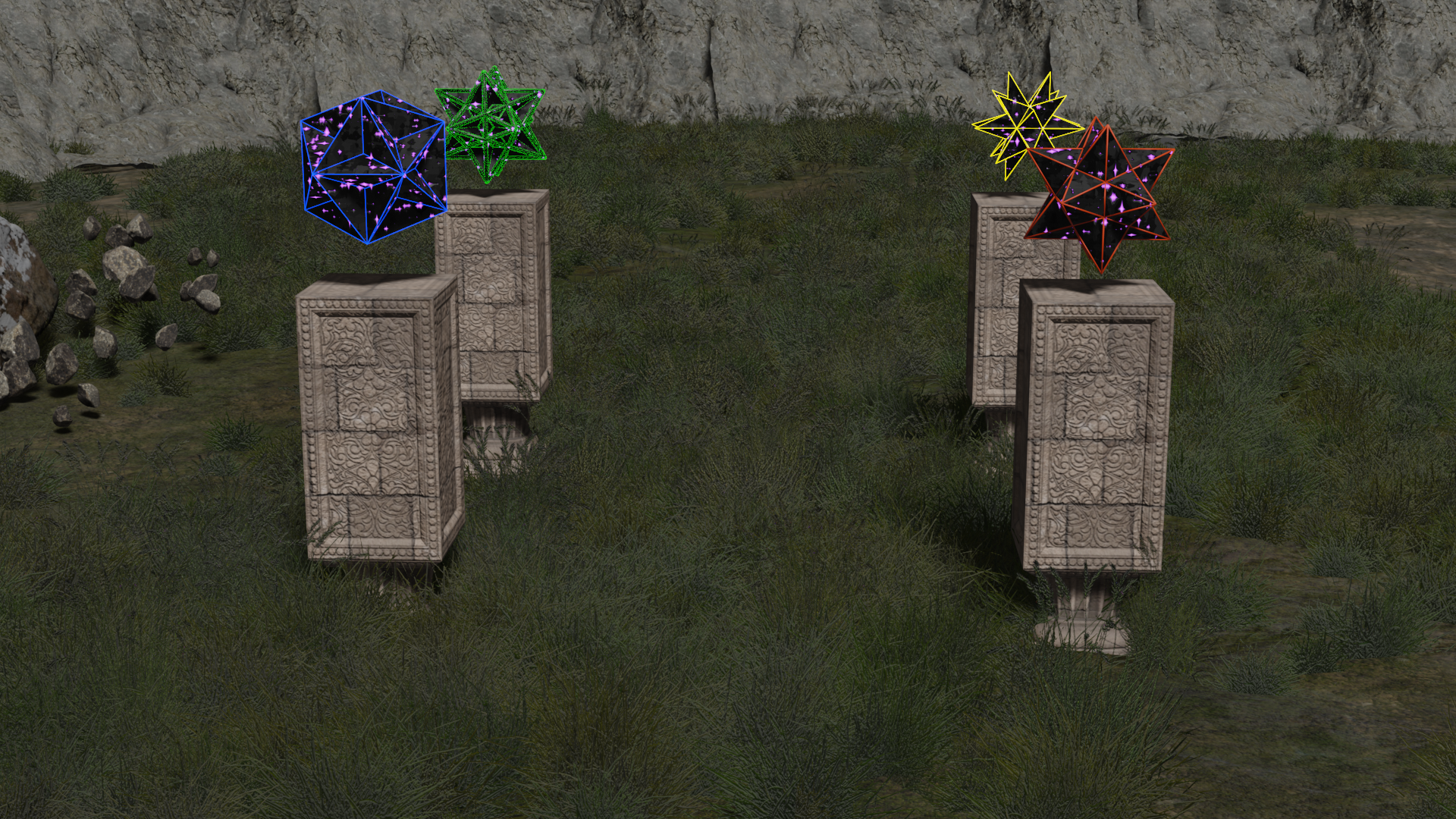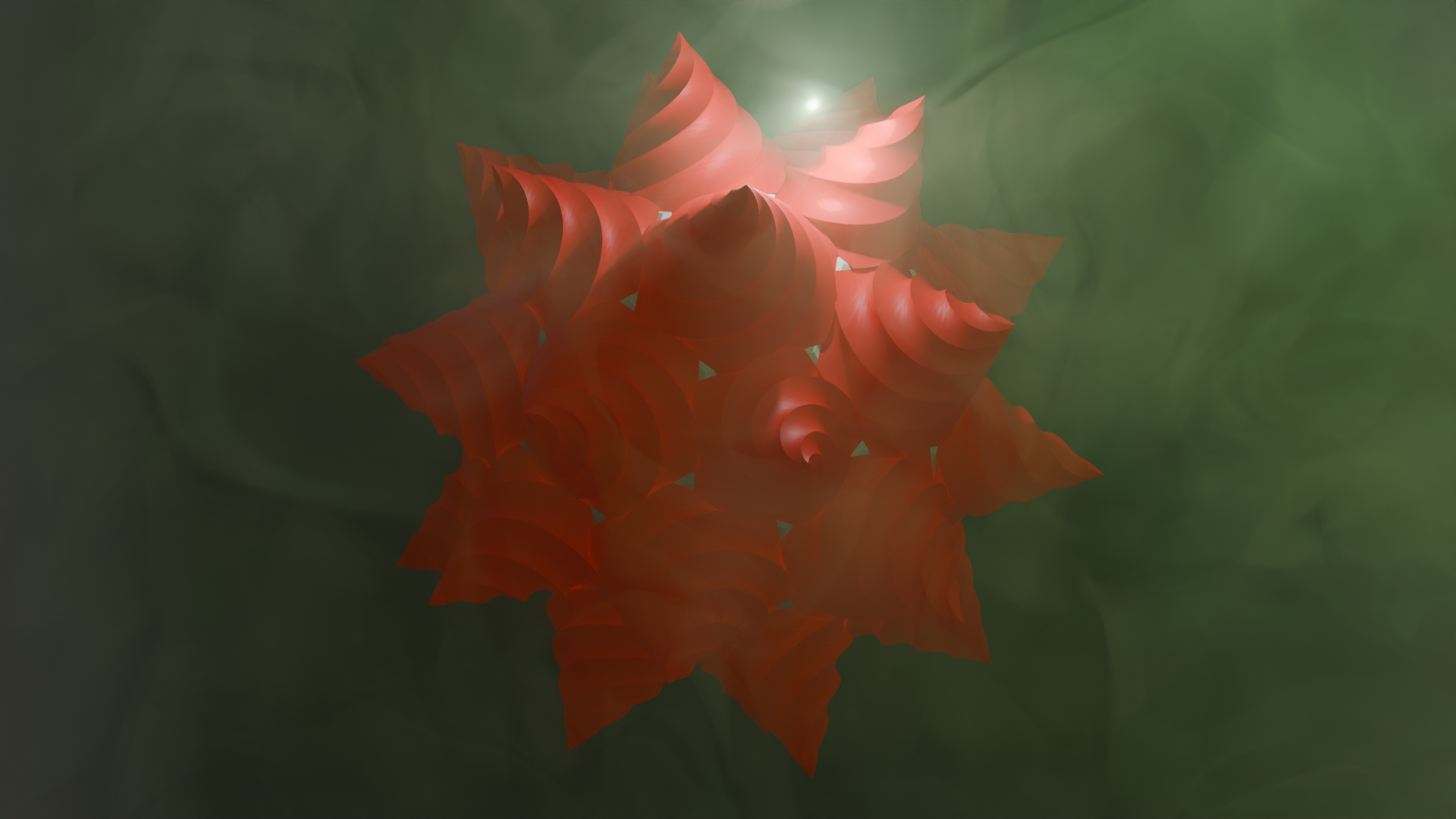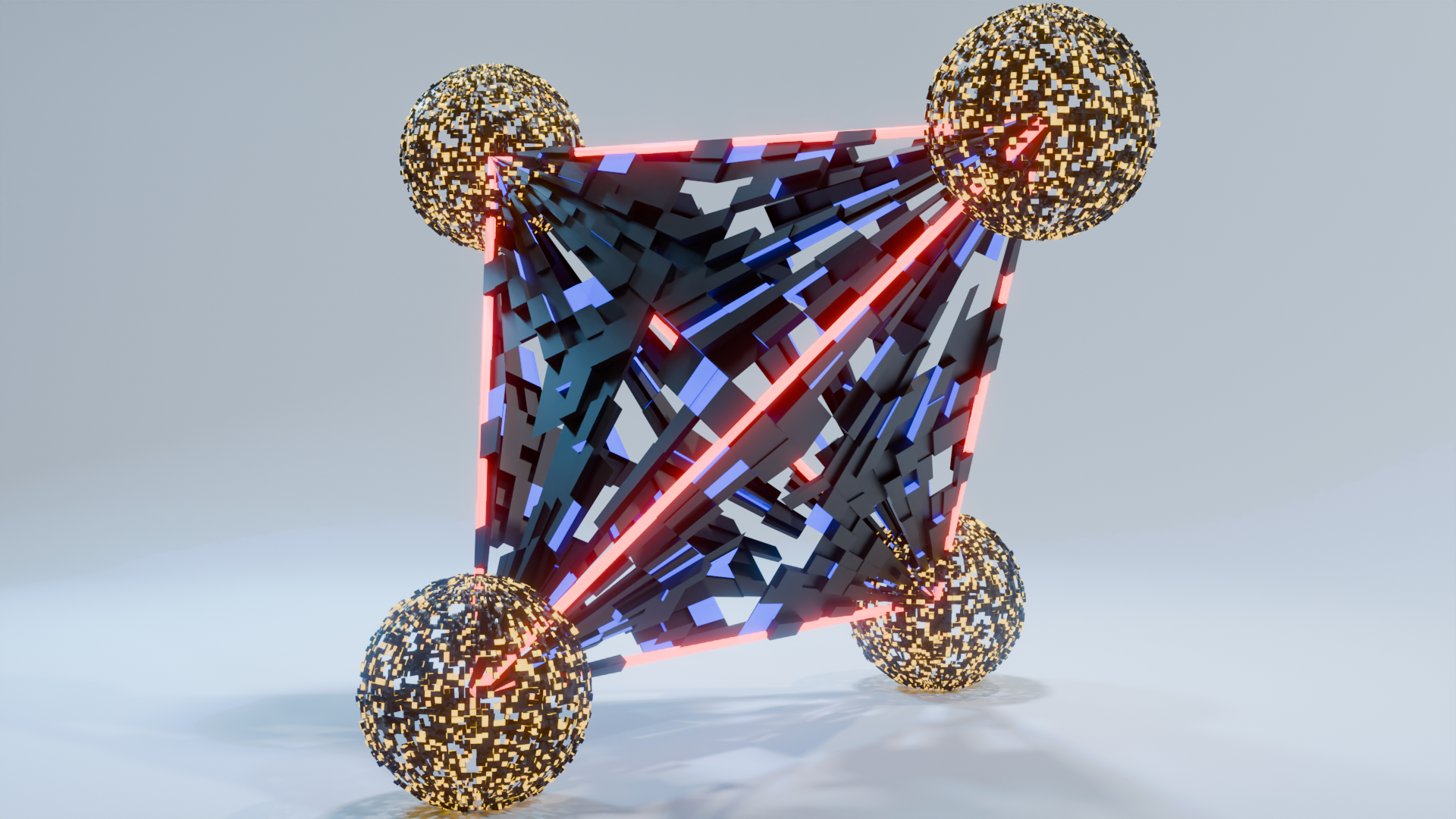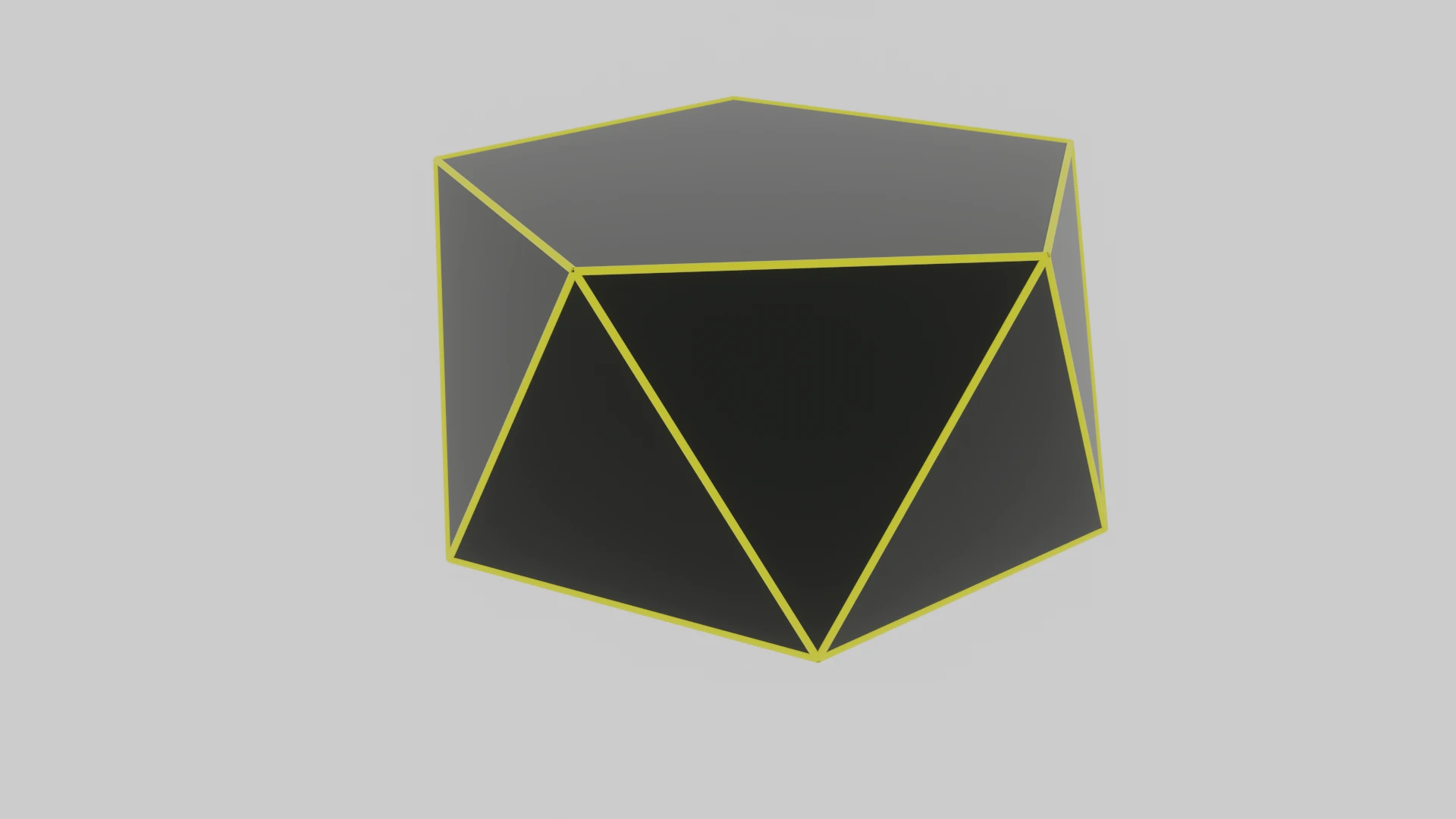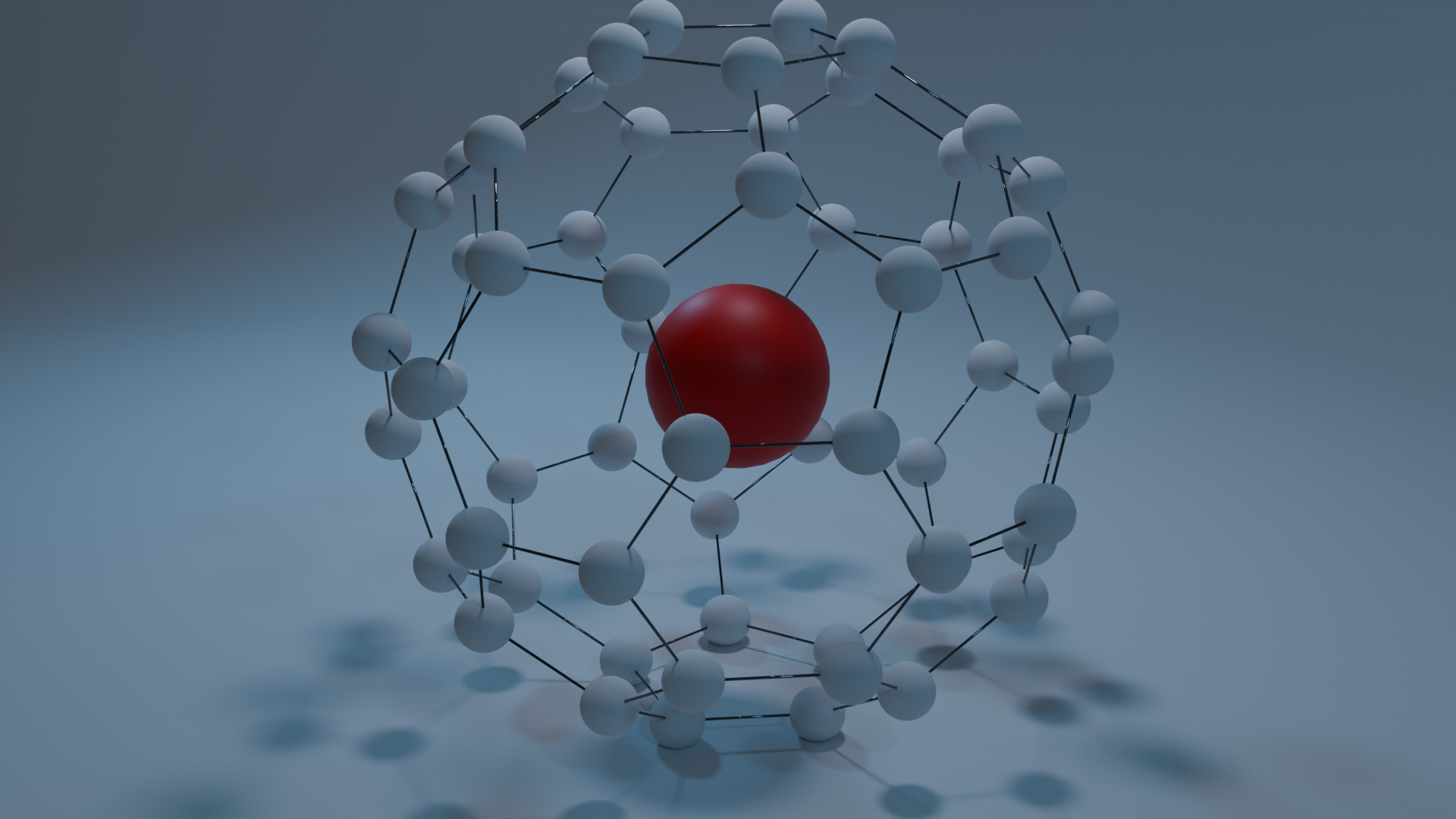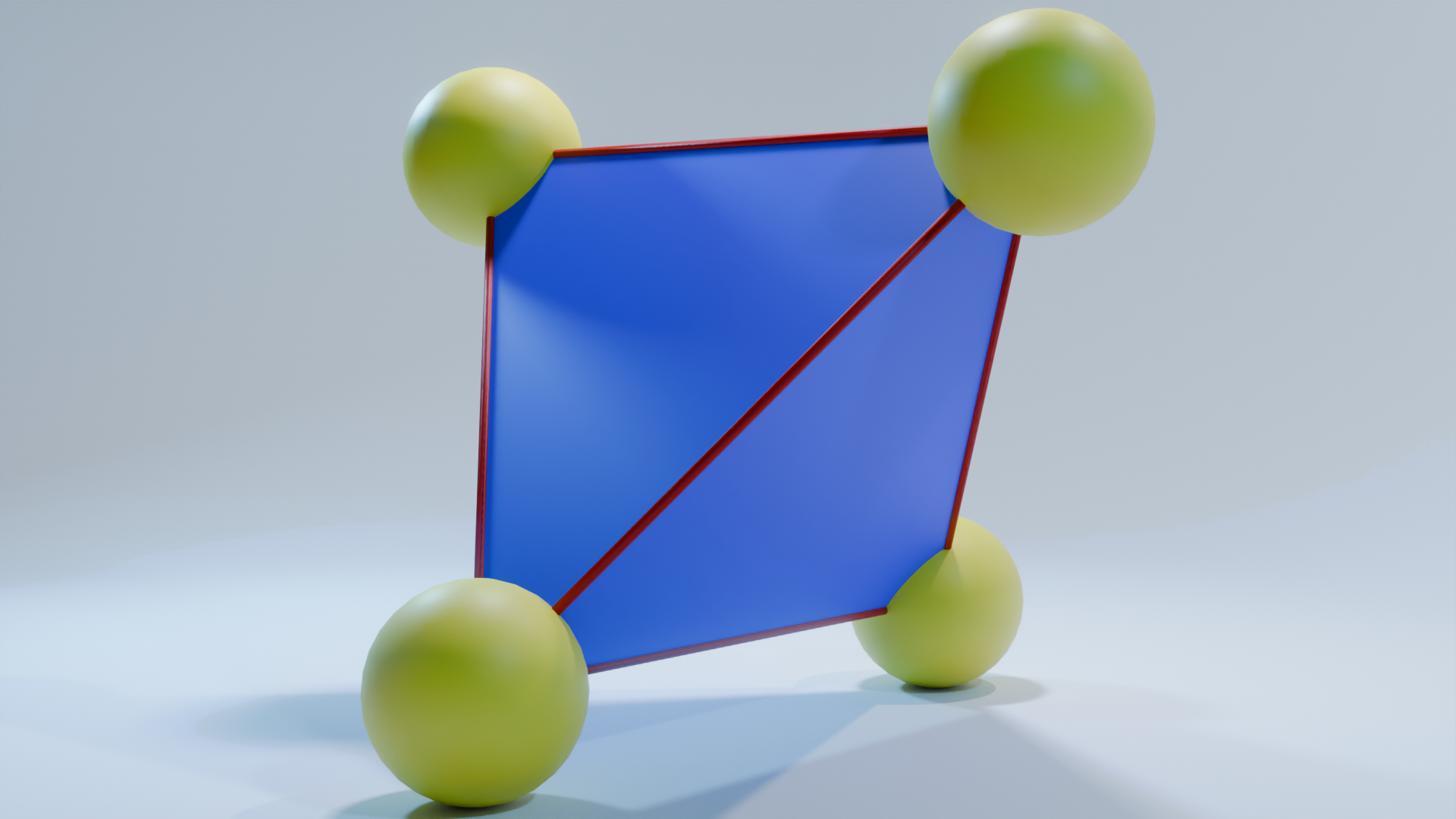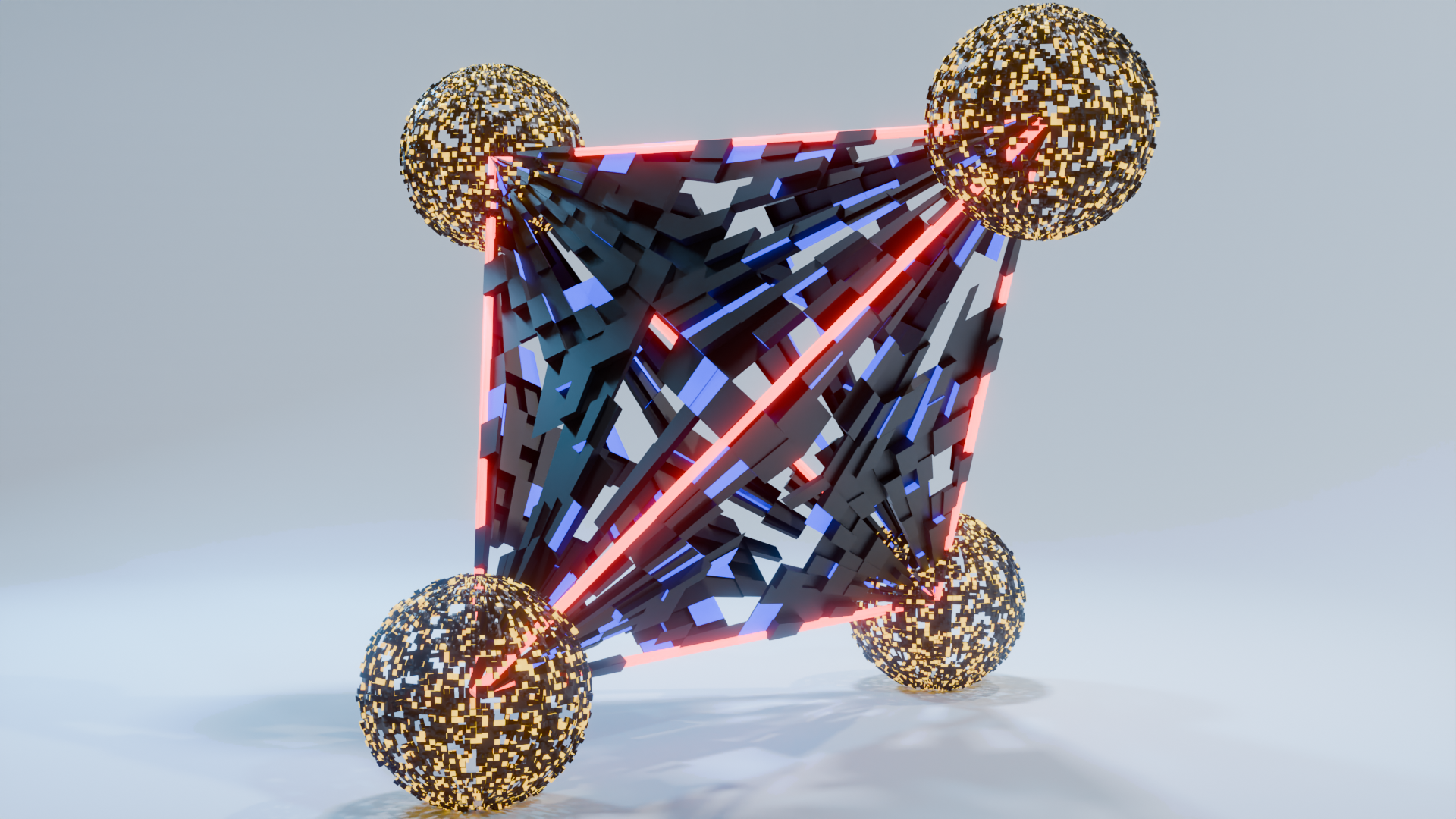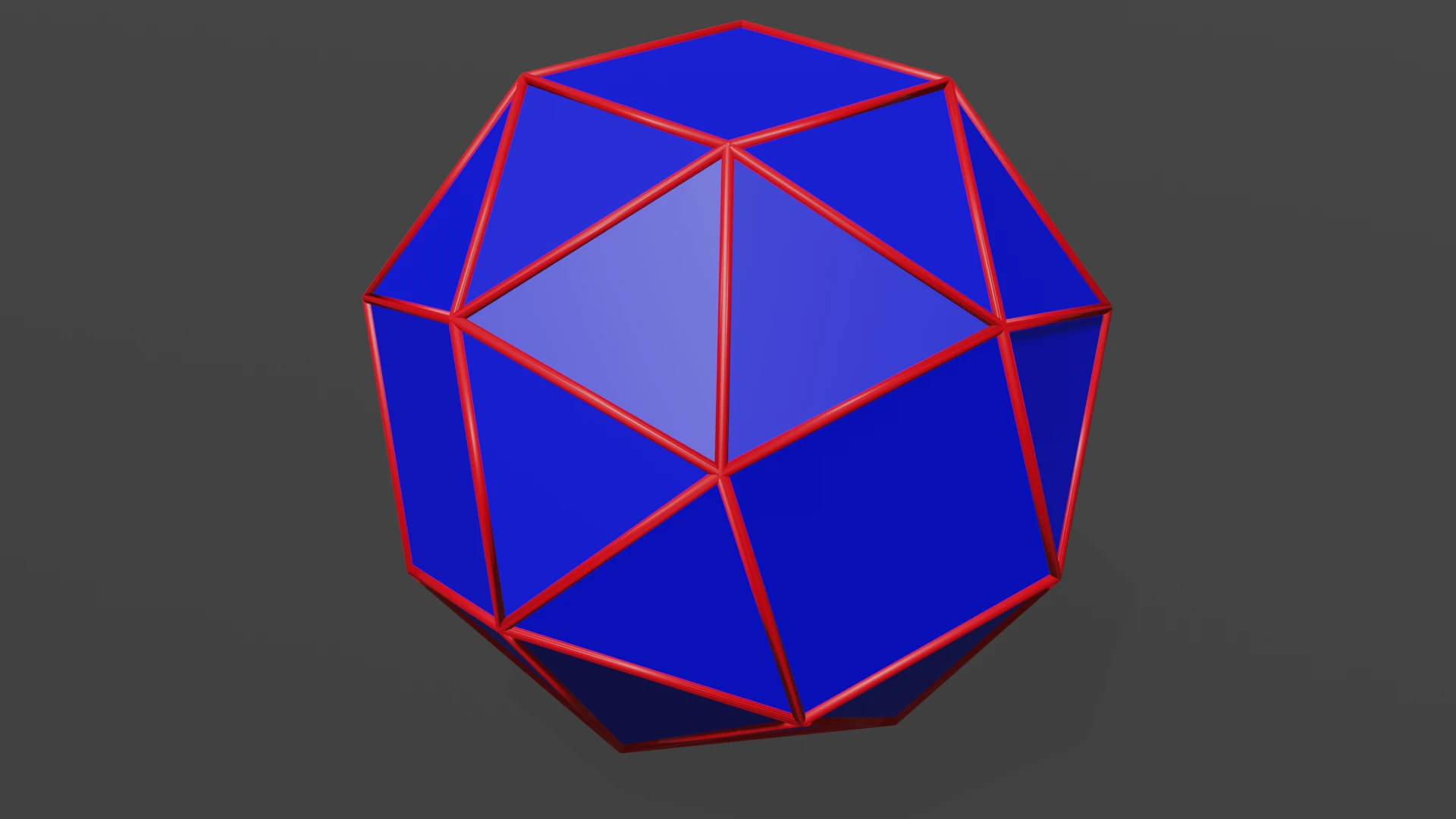Polyhedra
Just put (or replace) both the blend file and the assets.cats.txt file into a directory and connect it through the preferences: Edit/preference/File Paths and click on add Asset Library".
Current possibilities are :
1) Basics
2) Archimedean Solids
3) Kepler-Poinsot Solids
4) Convex uniform Solids
5) Catalan Solids

6) Tools

new v1.7 (Aug. 2024) :
Catalan solids, also known as Archimedean duals, are a fascinating group of polyhedra that capture the beauty and complexity of three-dimensional geometry. These solids are named after the Belgian mathematician Eugène Catalan, who first described them in the mid-19th century. Unlike the more familiar Platonic solids, which are highly symmetric and composed of identical regular polygons, Catalan solids are characterized by their faces being congruent but not regular polygons. Each Catalan solid is the dual of an Archimedean solid, meaning they can be derived by interchanging vertices and faces of their corresponding Archimedean counterparts. This new update of the addon includes the 13 Catalan solids, whose nodes can be used are the previous. Additionaly, a new tool called "lightning effect" is now available. A video introducing the update is available at Poyhedra v1.7 YT
New "lightning effect" tool for new possibilities !! Don't forget to uncheck some boxes for this node (see previous updates).

Options are :
Change speed : speed of lightning during video rendering
Noisy speed : representing erratic behaviour
density : the density of lightning around the polyedra
wireframe (boolean) : change the wireframe of the polyedra with a "lightning style wire"
new v1.6.1 (Jun. 2024) :
Small update to include Plato's latest solid: the dodecahedron
new v1.6 (Apr. 2024) : semiregular polyhedra (convex uniform) and new tools :
8 new nodes have been added in this update. An introduction/tutorial to these new nodes is available at Polyedra_v16_YT
1) new polyhedra :
After the trapezohedron, the series of semiregular convex polyhedrons has been completed with 3 new nodes:
|
|
|
a) Prisms :
A prism is a geometric solid formed by an n-sided polygonal base and a second base that is identical to the first but translated (moved without rotation). Additionally, it includes n parallelogram-shaped faces connecting the corresponding sides of the two bases.
b) Antiprims :
An n-antiprism is a geometric solid constructed from two identical n-sided polygons placed parallel to each other, not as mirror images. These polygons are joined by a series of 2n triangles arranged in an alternating pattern. This type of polyhedron is denoted by the Conway notation An.
c) Bipyramids
A bipyramid is a three-dimensional shape created by combining two pyramids in such a way that their bases are fused together.
2) new Tools :
In addition, 5 new tools are available to extend the range of rendering options (cf the tutorial video at Polyhedra_v16_YT). Don't forget to uncheck some boxes for these nodes

a) Relief :
among options, there are :
• subdivision: subdivision of the faces
• Probability (P1) : amount of visible faces
• Seed: with respect to P1
• Probability (P2) : the probability of the face to have an extrusion between Min and Max
• Min & Max : minimum/maximum of extrusion
• threshold min/max : it corresponds to the distribution of material1 with respect to material 2
• dynamic: In case of animation (try ! :))
b) Maze :
among options, there are :
• subdivision: subdivision of the faces
• Trim effect: length of the curves
c) Hole :
among options there is :
• level: number of holes per face. Be careful to increase the value sparingly, as the node uses the "mesh boolean" approach, which is very time-consuming.
d) Wave :
among options there are :
• scale, distortion and phase offset: it refers to the wave texture node
e) Poke :
this node is a lighter version of "poke&twist" and uses the repeat zone approach among options there are :
• iteration: number of repetition
• Value: height of poked faces
• ratio: height ratio between two iterations
• Scale: area of extruded faces
These new tools can be used to generate new representations of polyhedra, such as below with the structure of different molecular models (up) and their sci-fi counterparts (down)
|
|
|
|
|
|
|
|
new v1.5 (jan. 2024) : bug correction and new tools :
1) Bug correction
owing to your feedbacks, some bugs have been fixed :
a) polyhedral faces.
For many of the polyhedrons in the addon, faces were defined in non-uniform ways (sometimes clockwise,sometimes anti-clockwise), resulting in normals for faces with opposite directions (see fig below).This bug is now fixed and all faces are homogeneously defined
b) Great Icosahedron
This polyedre had an active "wireframe mode" that could not be modified. The node tree has been modified and the bug is now fixed.
2) New tools :
2 new tools have been added :
a) « Show normal » which is the node I have used to fix theproblem described above and may be of interest to those wishing to "see" the normal of the faces ofany polyhedral.
b) fractalize : a node which allow to fractalize any polyedra
the parameters for this node are ;
- Geometry : the mesh will serve as the base; fractalization will take place on the faces of this base
- object : the geometry which will be fractalized (can be identical to the Geometry)
- scale : applied to new elements at each iteration
- Iteration : number of iteration
new v1.4 (dec. 2023) : Tools
See video introducing the updateThis new update includes a series of tools for modulating polyhedral shapes
Those are :
1) Explode : a node which allow to split the different faces and to move them in a "explosion" way
2) Tesserac : Tesserac is the four-dimensional analogue of the cube. Just as a cube is a three-dimensional object with six square faces, a tesseract is a four-dimensional object with eight cubical cells. It is also known as a hypercube or an 8-cell.
3) mesh to wire : a simple node which wire-to-wire the mesh
4) poke&Twist : this main node gives several options for modifing the polyedra
- Lessthan : apply transformation on faces having less vertices than the input value
- Morethan : apply transformation on faces having more vertices than the input value
- Uniformangle : rotate selected faces uniformely
- Sep : same effect as "Explode" (see above)
- Twisted : apply a twist effect on the selected faces (high resolution gives nicer results)
- resolution : subdivision level of the selected faces
- Pokeheight : Poke selected faces and extrude them - Poke scale : scale of the top of the extruded faces - WireStarttingPoly : transform the initial polyedra in a wiframe mode
new v1.3 (sept. 2023) : The Trapezohedron
The trapezohedron is a fascinating and often overlooked geometric shape that possesses a unique blend of symmetry and complexity. Its name, derived from the Greek words "trapeza" meaning "table" and "hedra" meaning "face," hints at its distinctive tabletop-like appearance. This polyhedron is a three-dimensional figure characterized by a set of parallel faces, each of which is a trapezoid – a quadrilateral with one pair of opposite sides parallel. While not as commonly encountered as other geometric forms, the trapezohedron plays a crucial role in mathematics, crystallography, and various engineering applications.

- Order (n): This parameter corresponds to the order of the trapezohedron and determines the total number of faces, which equals 2n.
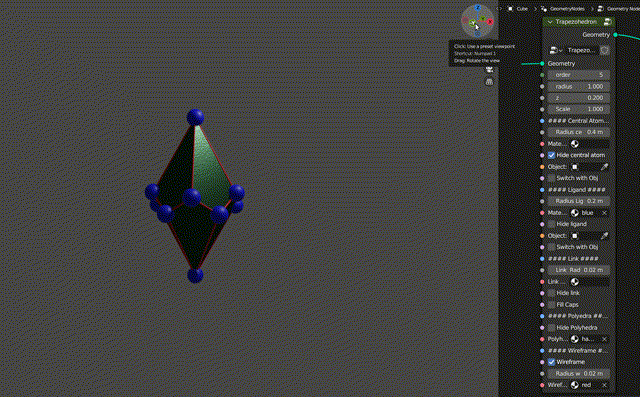
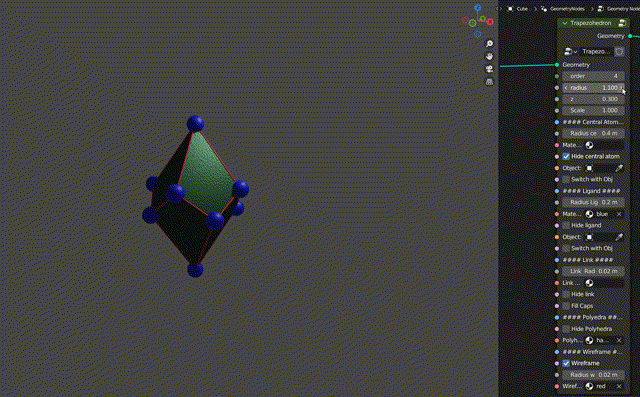

new v1.2 (june 2023) : The Kepler–Poinsot polyhedron
The Kepler-Poinsot polyhedra are now available through new nodes. These polyhedra are all convex and have unique symmetries. They were first described by Kepler in the early 17th century, and Poinsot later studied them in detail, leading to their joint attribution. Kepler-Poinsot polyhedra have fascinated mathematicians and have been the subject of study in geometry and crystallography.
There are four Kepler-Poinsot polyhedra, each of which is constructed by combining regular polygons in a specific way. Those are :
- The Small Stellated Dodecahedron
- The Great Stellated Dodecahedron
- The Great Dodecahedron
- The Small Dodecahedron

in addition, the asset structure has been modified to make the node library more user-friendly



new v1.1.1 (feb. 2023) : The last nodes of the archimedean solids
Two new nodes completing the series of archimian solids have been implemented. These are the truncated icosidodecahedron and the rhombicosidodecaheron.

new v1.1 (nov. 2022) : The archimedean solids
11 new nodes corresponding to the archimedean polyhedra have been added. Those allow to draw quickly the archimedean solids (except one which is still under preparation! :) ) in a same way as previous nodes. for the update, just replace the v1.0 file with the v1.1 file
The new nodes are :
| truncated tetrahedron |
|
|---|---|
| truncated cube |
|
| rhombicuboctahedron |
|
| snub-cube (2 chiral shapes) |
|
| truncated octahedron |  |
| icosidodecahedron | 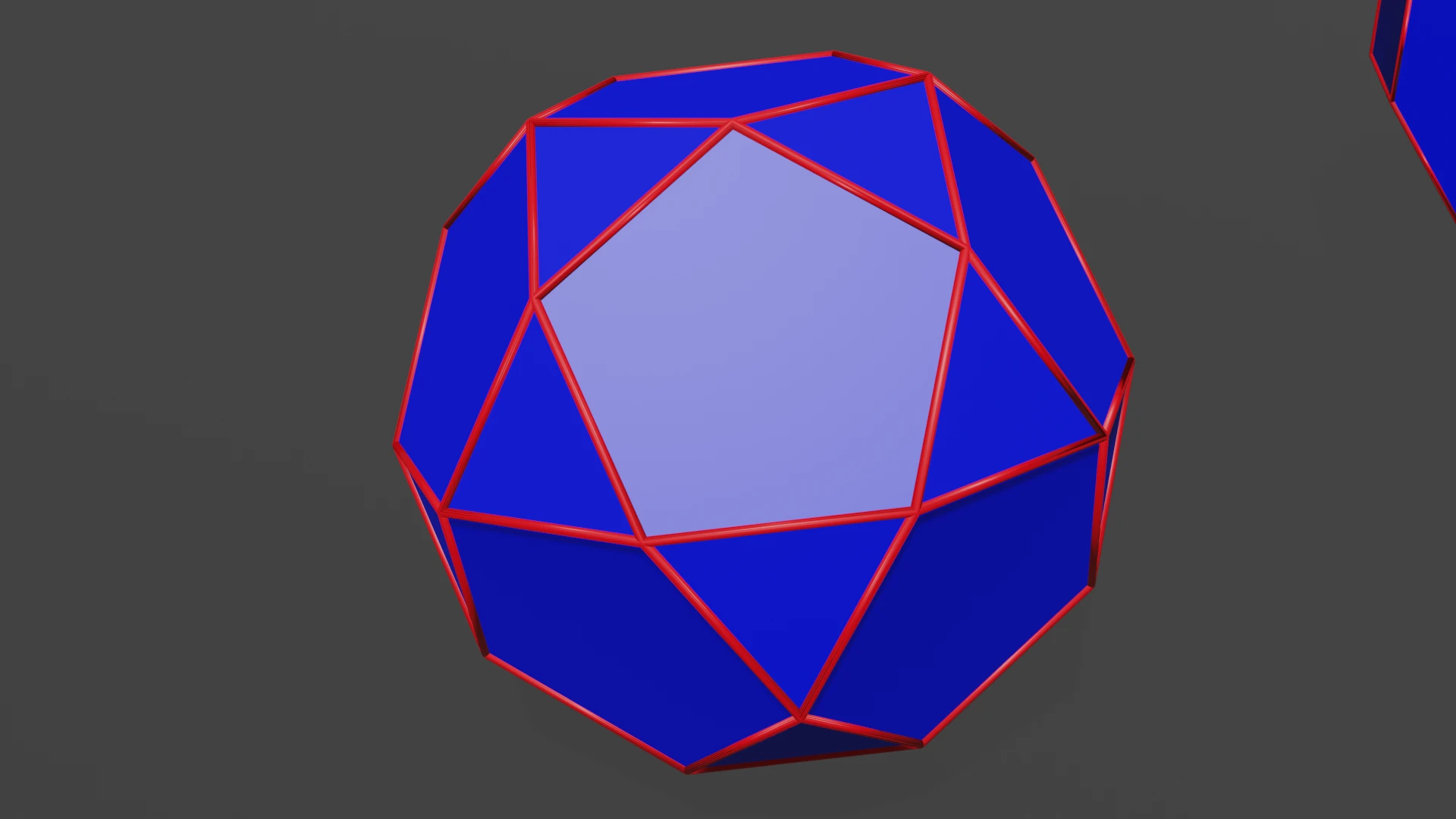 |
| truncated cuboctahedron | 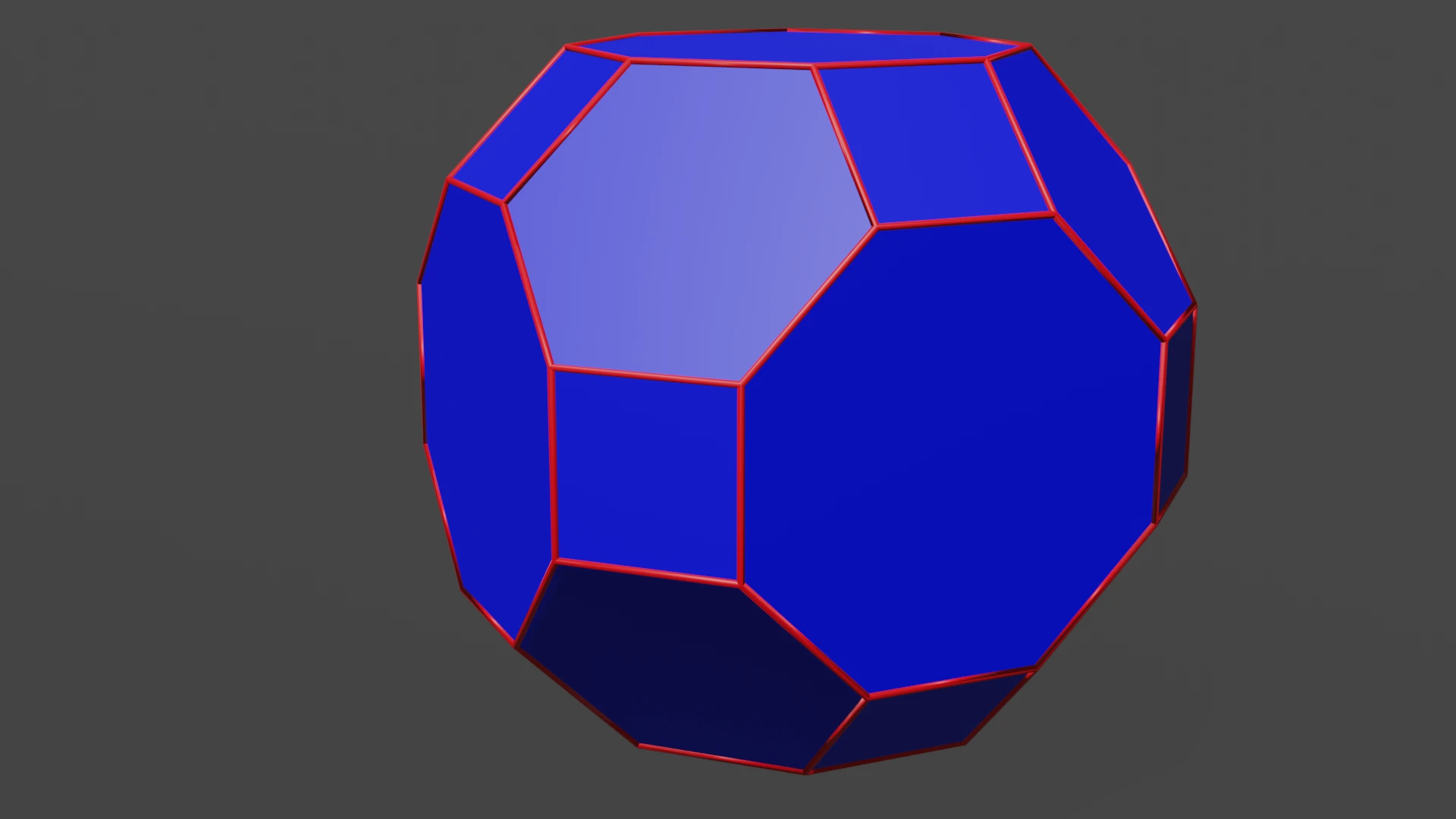 |
| snub-dodecahedron | 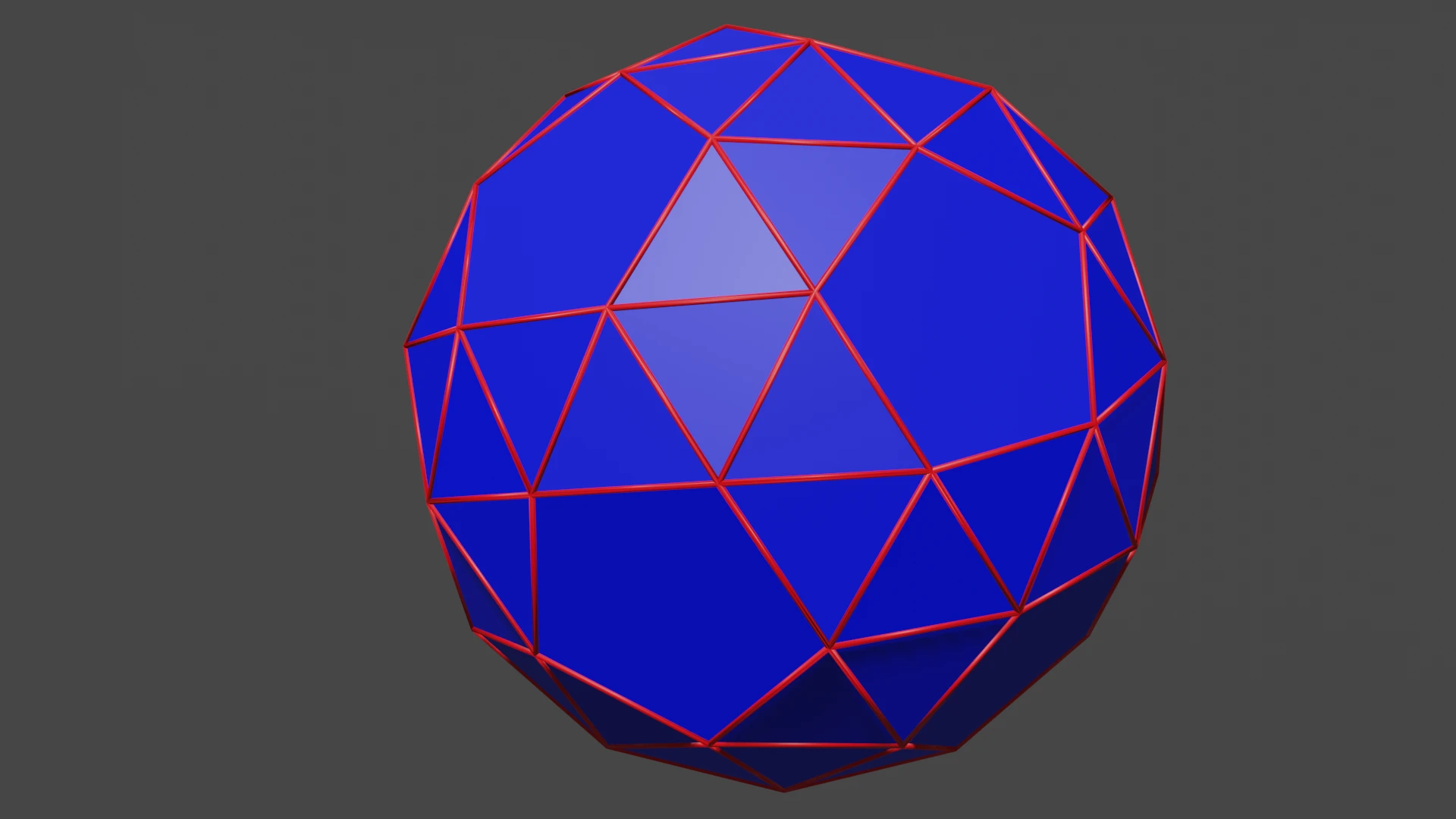 |
| truncated dodecahedron |  |
| truncated icosahedron |  |
all these new nodes have the same structure as the nodes of the first version, thus multiplying the rendering possibilities ; eg.
 |  |
v1.0 : Coordination geometry
Polyhedra is a procedural Geometry Node Addon for creating most coordination polyhedra. This is not only for professionals or students of condensed matter but also for those who appreciate the beauty of symmetry! This addon allows also to create scifi objects
Features
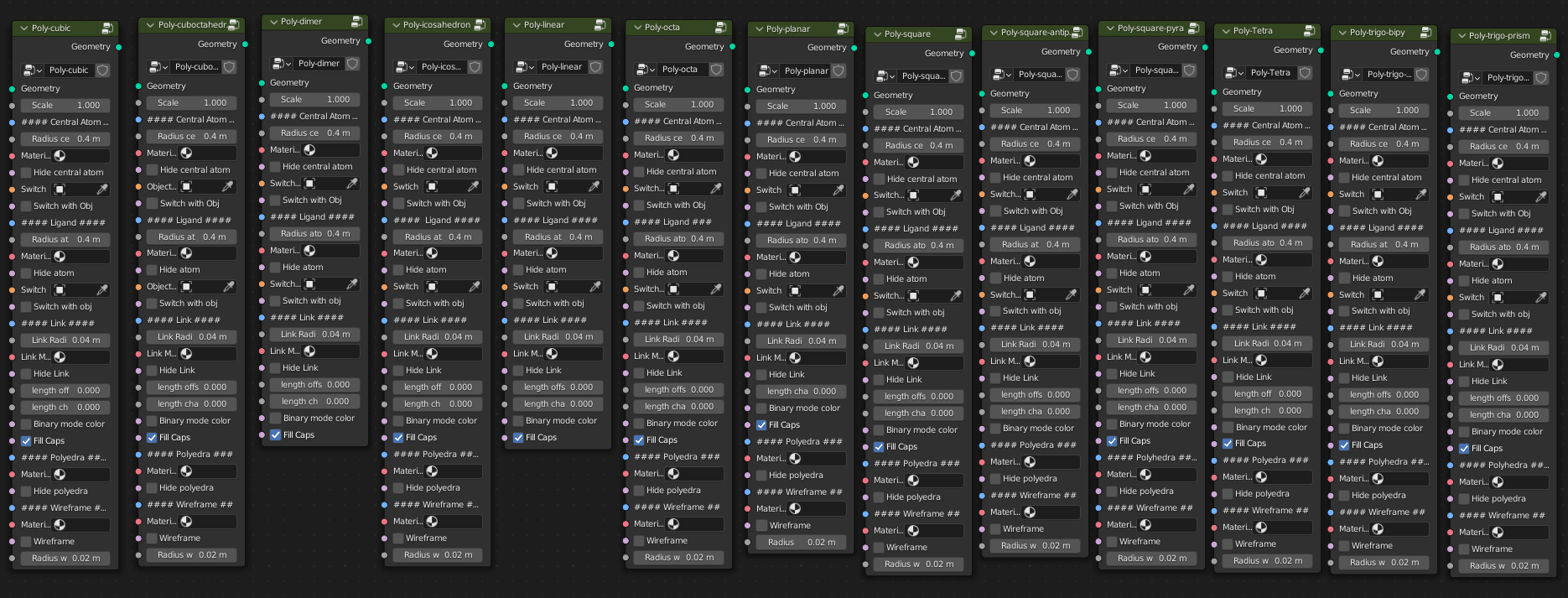
there are currently13 different geometry nodes (more in the further update)corresponding to the most common coordinations:

Thesedifferent nodes allow to build in a fast and modular way the mostcommon coordination polyhedra. To use them, just drag and drop intothe “geometry node” window
Descriptionof the parameters:
All nodes have the same structure. The example below is anillustration on the octahedron. The node is divided into severalparts, a part concerning the central atom, a part concerning theligands, a part on the polyhedral and finally a part on a "wireframe"mode
|
|
• scale :scale value on the final object ###central atom part • Radius :radius of the central atom • Material: material of the central atom • Hide(checkbox) : possibility to hide the atom • Switch withObj : Possibility to have any object instead of a sphere (see. below) ###Ligand • Radius :radius of the ligand atoms • Material: material of the ligands • Hide(checkbox) : possibility to hide the atoms • Switch withObj : Possibility to have any object instead of a sphere (see below) ###Link • Link radius: radius of the bond between the central atom and the ligands • Link material: material of the bonds • Hide Link: possibility to hide the bonds • length offset: change the length of the bonds with coupled atoms • length change: change the length of the bonds with uncoupled atoms • Binary modecolor (checkbox) : for the chemistry representation • Fill Caps(checkbox) : if ligands are hidden, itallows to fill the link ###Polyedra • Material: material of the polyedra • Hide(checkbox) : possibility to hide the polyedra ###Wireframe • wireframe(checkbox) : show or not the polyedra in wireframe mode |
Discover more products like this
tetrahedron symmetry Geometry platonic solids octahedron crystallography archimedean icosahedron semi-regular convex Trapezohedron Catalan-solids polyhedra Kepler-Poinsot
